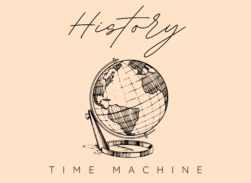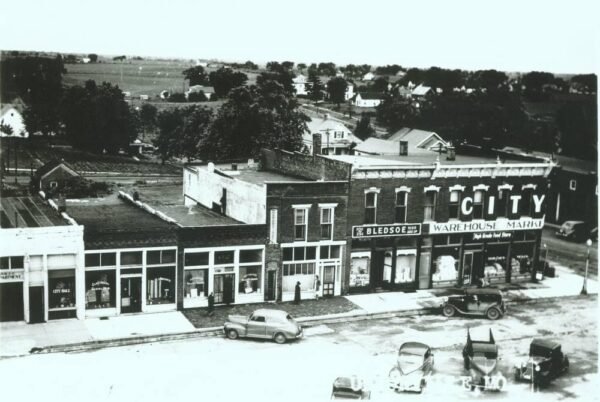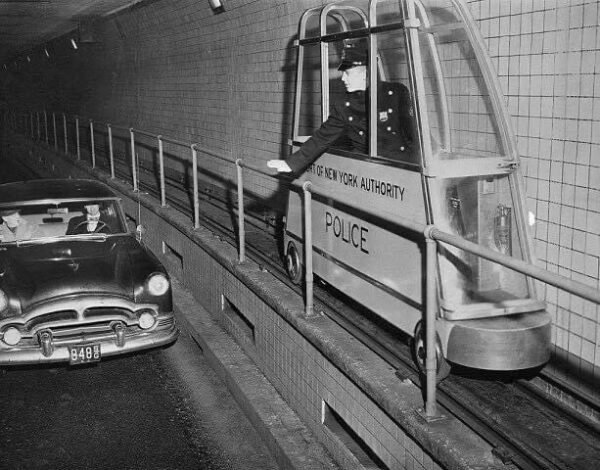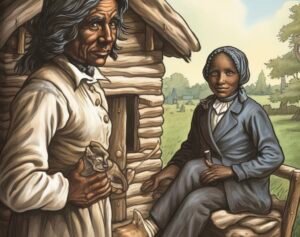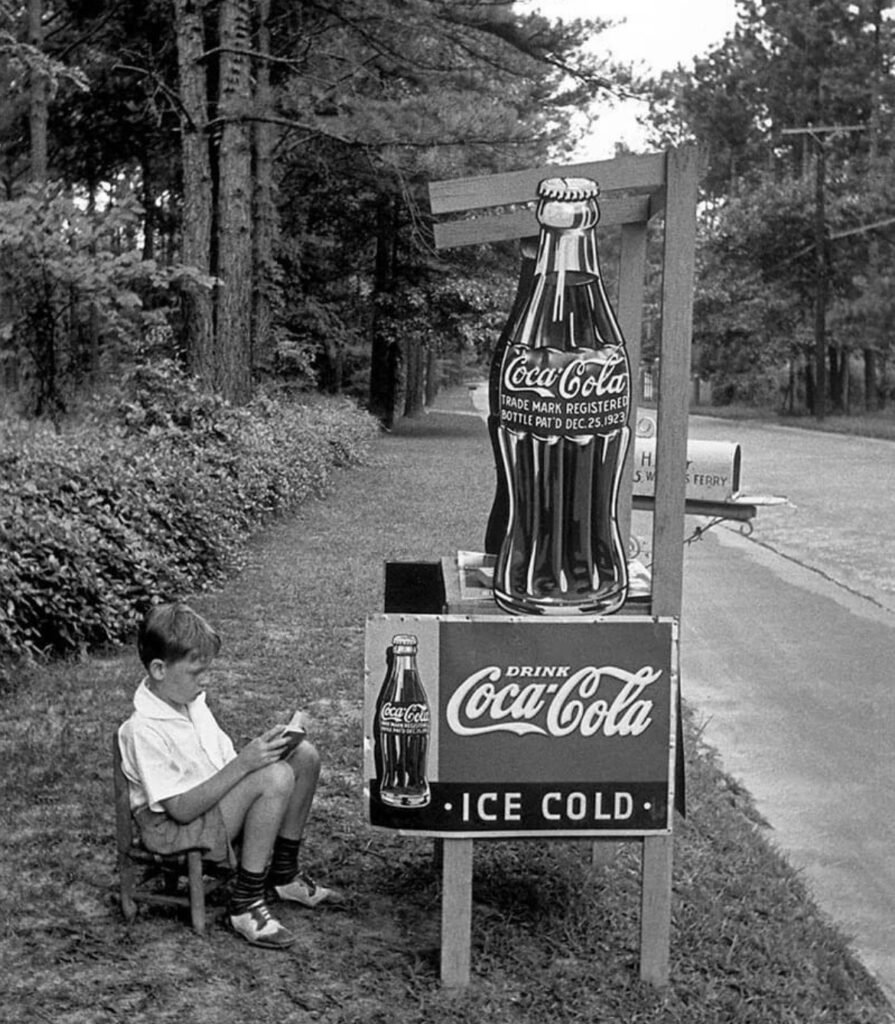
Have you ever sipped a Coca-Cola and wondered how this iconic beverage came to be? From its humble beginnings in an Atlanta pharmacy to becoming a symbol of refreshment across the globe, the story of Coca-Cola is a testament to the power of innovation and marketing. Let’s dive into the fascinating history of how a simple pharmacist’s experiment turned into the world’s most famous soft drink.
Who Was John Pemberton and What Led Him to Create Coca-Cola?
John Stith Pemberton, a pharmacist from Atlanta, was no stranger to concocting medicinal syrups and potions. On an ordinary day in May 1886, Pemberton mixed a dark, caramel-colored syrup seeking a new remedy for common ailments. With a twist of fate, this mixture would not only offer comfort but also birth a beverage revolution. Taking this new creation to Jacobs’ Pharmacy, Pemberton combined the syrup with carbonated water and offered it to the unsuspecting customers. The delightful taste was an instant hit, marking the birth of what we now know as Coca-Cola.
This initial concoction contained extracts from coca leaves and kola nuts, making it both stimulating and unique. This mixture wasn’t just another medicinal tonic; it was the beginning of a new era in beverage history. For a deeper dive into the medicinal contexts of the era and how they paved the way for Coca-Cola’s creation, explore fascinating insights on the use of medicinal tonics in the 1890s with this look at a vintage soda fountain from 1899 Kansas 🌟.
This introduction sets the stage for how Coca-Cola came to be, with an emphasis on John Pemberton’s role and the unique combination of ingredients that captivated a local pharmacy audience, laying the groundwork for its worldwide fame.
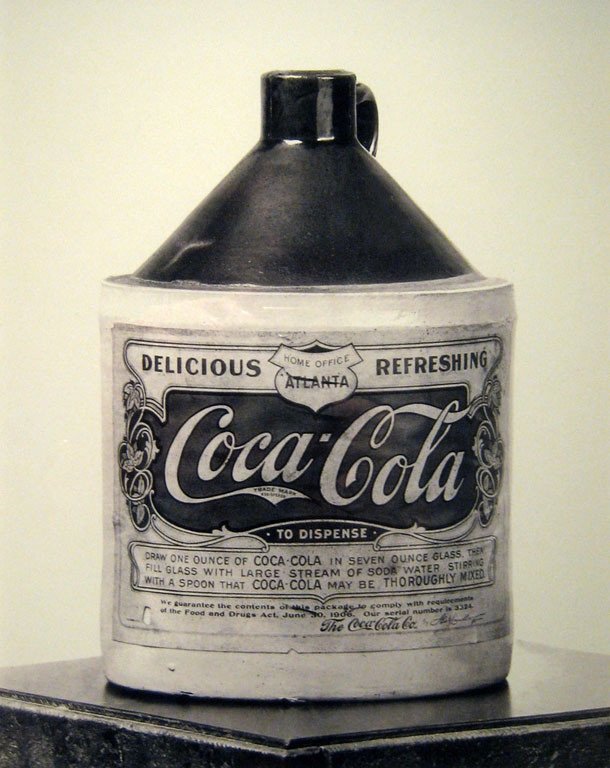
How Did Coca-Cola Transform from Pharmacy Tonic to Global Phenomenon?
Following the success at Jacobs’ Pharmacy, Coca-Cola’s potential began to crystalize through the efforts of Frank M. Robinson, Pemberton’s bookkeeper. Robinson not only named the beverage but also crafted its famous logo. He believed that the two Cs would look well together in advertising, thus designing the flowing script that remains a global icon today. The initial marketing thrust came with the beverage’s first newspaper ad, appearing in the Atlanta Journal, inviting locals to try the refreshing new drink.
Despite its promising start, Pemberton was not fully convinced of the drink’s potential and struggled with health issues. In a series of transactions clouded by his uncertainty, he sold portions of his business to various partners. This included Asa G. Candler, an enterprising businessman, who saw what Pemberton didn’t. Candler bought additional stakes from other partners and eventually gained full control over the Coca-Cola business. His marketing genius propelled Coca-Cola into the public eye like never before.
Candler’s strategies were revolutionary, employing tactics such as coupon mailings, which allowed customers to try a free glass of Coca-Cola at any fountain. This not only boosted the drink’s popularity but also ingrained it in American culture. By making it accessible, he ensured that Coca-Cola was on its way to becoming a staple at social gatherings and private homes alike.
To better understand the era’s marketing evolution and how brands like Coca-Cola shaped consumer culture, take a nostalgic journey through the history of iconic fast food signs of the 90s 🌟, which echoes the innovative spirit that Candler employed.
This section highlights the pivotal role of Frank M. Robinson and Asa Candler in transitioning Coca-Cola from a pharmacist’s side project into a mainstay of American life, setting the stage for its national and later global expansion.
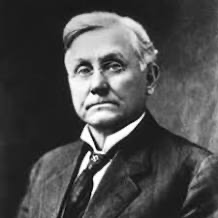
What Role Did Asa Candler Play in Coca-Cola’s Success?
Asa Candler’s ascent to the helm of Coca-Cola marked a pivotal turn in the company’s history. With an entrepreneurial spirit and a keen sense for business, Candler was instrumental in transforming a local beverage into a national sensation. Upon acquiring complete control, he launched an aggressive marketing blitz that would embed Coca-Cola into the American consciousness.
Candler’s strategies were visionary. He pioneered the use of promotional merchandise, from calendars and clocks to cups and more, making Coca-Cola a household name. Perhaps his most innovative promotion was the distribution of free drink coupons. This tactic not only introduced Coca-Cola to a wider audience but also spurred a demand that many businesses were eager to meet by hosting the product. This approach is reflected in the enthusiastic embrace of Coca-Cola memorabilia, which can be seen in the nostalgic trip down fast food lane with iconic signs of the 90s 🌟.
Candler also recognized the importance of strategic branding. Under his guidance, Coca-Cola was marketed not just as a refreshing beverage but also as a part of a modern lifestyle, deeply rooted in American values of joy and social interaction. This branding effort was so successful that by 1895, Candler could proudly declare that Coca-Cola was consumed in every state and territory in the United States.
The expansion under Candler’s leadership was rapid and effective, setting the stage for international growth. For a closer look at the spread of the brand and its cultural impact, check out how Coca-Cola was first delivered to Knoxville in 1919 through this engaging historical account 🌟.
In this section, we explore how Asa Candler’s innovative marketing and business strategies were crucial in scaling Coca-Cola from a regional novelty to a national staple, paving the way for its status as a global icon.
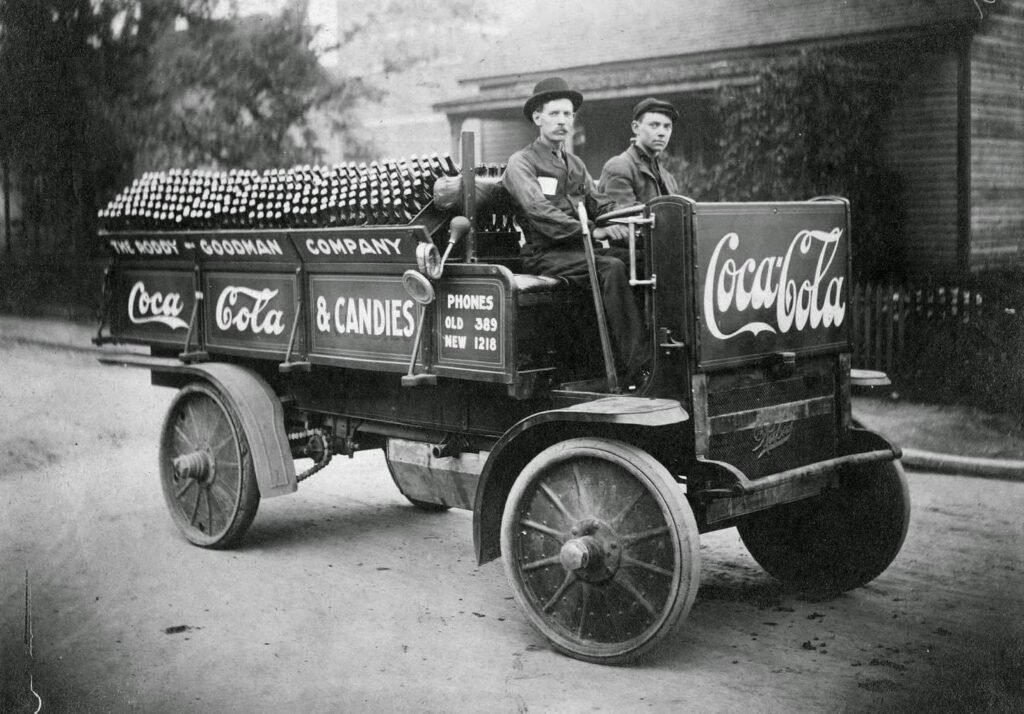
How Did Coca-Cola Become an Integral Part of American Culture?
Under the stewardship of Asa Candler, Coca-Cola transcended its status as merely a refreshment to become a symbol of leisure and Americana. The strategic marketing campaigns implemented by Candler and his team ingrained the beverage into the fabric of everyday life, linking it indelibly with images of happiness and good health.
One of the most significant steps in cementing Coca-Cola’s place in American culture was the mass production and distribution network that Candler established. In 1894, the first Coca-Cola bottling factory was set up in Dallas, Texas. This expansion was pivotal as it facilitated wider distribution and made Coca-Cola accessible to more people across the country. The creation of bottling factories is reminiscent of the era’s innovation in packaging, similar to the evolution of glass soft drink bottles in the 1980s 🌟, showing how packaging innovations can redefine product consumption.
Coca-Cola’s cultural integration was further enhanced by its presence in social settings and its association with enjoyable moments. Whether it was a stop at a soda fountain or a drink shared among friends, Coca-Cola became a staple of social interaction. This aspect of social bonding over a drink can be compared to historical leisure activities, like those found in the history of the 1890 pool hall billiards 🌟, illustrating how shared activities foster community and identity.
Moreover, Candler’s use of promotional items like souvenir fans, calendars, and clocks not only marketed the product but also made Coca-Cola a permanent fixture in homes and public spaces. These items, much like the memorabilia from significant sports events detailed in the evolution and historic triumphs of the St. Louis Cardinals 🌟, helped forge a deeper connection with the American public, linking Coca-Cola with cherished memories and traditions.
In this section, we explore how Coca-Cola’s marketing genius, combined with strategic manufacturing and distribution efforts, solidified its role as more than just a beverage, but a significant part of American culture and lifestyle.
Coca-Cola’s journey from a local pharmacy’s innovative experiment to a global icon is more than just a tale of a successful business venture. It’s a story of vision, branding, and deep-rooted cultural integration that revolutionized beverage consumption worldwide. John Pemberton’s initial creation, combined with Asa Candler’s business acumen and marketing strategies, transformed Coca-Cola into a symbol of refreshment and joy that transcends geographical and cultural boundaries.
The story of Coca-Cola is not just about a beverage but about how a brand can capture the hearts of people around the world, becoming an integral part of their lives and memories. It’s about the impact of innovation on society and the power of marketing in shaping consumer experiences. Coca-Cola’s history reflects a remarkable blend of opportunity, insight, and strategic expansion that continues to inspire businesses and marketers globally.
Reflecting on this remarkable journey offers valuable lessons in innovation, marketing, and cultural engagement that are applicable not only in the beverage industry but in all sectors aiming to leave a lasting impact on the world.
This narrative captures the essence of Coca-Cola’s rise and its enduring presence in the annals of global culture, offering readers both a comprehensive review and a deep appreciation of this ubiquitous refreshment’s storied past.
As an Amazon Associate we earn from qualifying purchases through some links in our articles.
